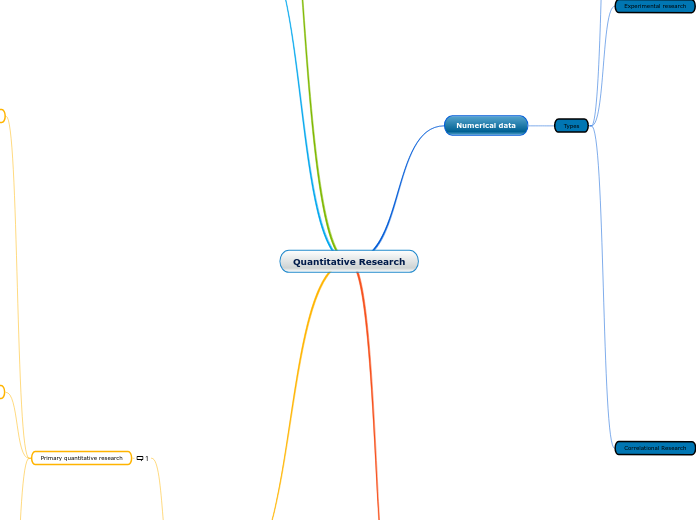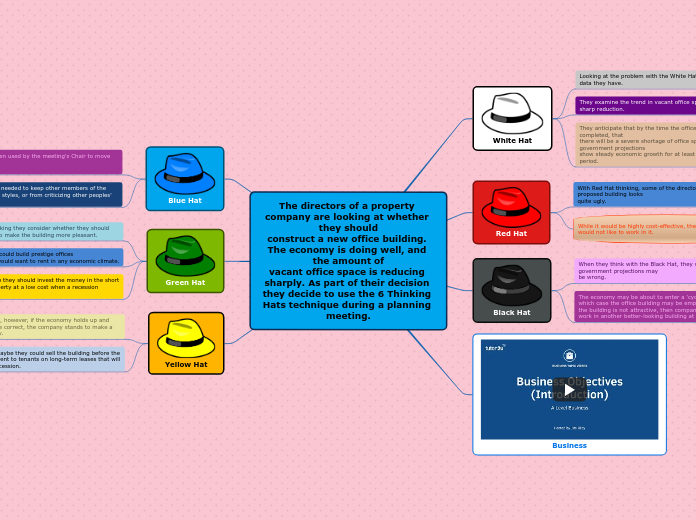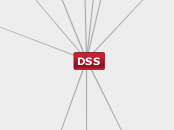Quantitative Research
Type in the name of the company you are going to have an interview with.
Methods
Secondary quantitative research
Existing data
Commercial information sources
Radio
Magazines
Journal
TV
Educational institutions
Public libraries
Documents
Copies of information
Government and non-government sources
Increase validity of research
In-depth
Reliable
Data available on the internet
Proving the relevance of previously collected data
Primary quantitative research
Collecting data directly
Data Analysis Techniques
Statistical inference
TURF (Totally Unduplicated Reach and Frequency Analysis)
Analyzed along with the frequency of communication
Cross-tabulation
Preliminary statistical method
Parameters
Trends
Relationships
Patterns
Conjoint Analysis
Involve daily activity
Learn the respondents traits
SWOT Analysis
Evaluate the performance internally and externally to develop effective strategies of improvement.
Threat
Opportunities
Weakness
Strength
Data collection methodologies
Non-probability sampling method
Judgement sampling
Sample created
Researchers
Experiences
Skills
Snowball sampling
Difficult to contact(to get information)
Target audience
Quota Sampling
Subtopic
Consecutive sampling
Information collecting
Personalities to for strata
Knowledge of target traits
Conduct research consecutively
In significant period
Choose single elements/group of samples
Similar to convenience sampling
Convenience sampling
Quick and easy to implement
Proximity to researcher
Probability Sampling method
Systematic sampling
Dividing opulation size by target sample size
Choosing using fixed interval
Starting point of the sample choose randomly
Cluster sampling
Demographic
Geographic
Stratified random sampling
Randomly choose sample
Large population divided into groups
Simple random sampling
Large target population
Random selection
Techniques and types of study
Correlational research
Longitudinal survey
Cross-sectional survey
Research topic
How ambitious are you?
Systematic experimental study
Where and how do you see yourself in 5 years time?
Type in the answers.
What are your long-term goals ?
Type them in.
Computational techniques
Mathematical
Statistical
Specific
What are your short-term goals ?
Type them in.
Formal Instruments
Do you fully understand what this position implies?
After you've made some research on the company, read the job description thoroughly, and try to fully understand what your responsibilities will be.
Formal paper-and-pencil instruments
Checklist
What would you do on the first day?
What about the first week(s)? Fill in some of the actions that you are planning to take.
Questionnaires
What do you think the main challenges will be?
Type them in.
Survey and polls
Survey distribution and survey data collection
SMS survey
QuestionsPRO apps
QR code
Social distribution
Embed survey on a website
Buy respondents
Email
Difference questions types
Differential scale questions
Rating-scale questions
Multiple choice questions
Close-ended questions
Fundamental levels of measurements
Scales
Ratio
Interval
Ordinal
Nominal
What will be your main tasks?
Type them in.
SPSS
Advantages of Quantitative Research
Eliminate bias
Results
Numerical
No scope
Biasing of results
Personal comments
Wider scope of data analysis
Quick data collection
Straightforward and time consuming
Conducting and analyzing results
Involvement of statistic
Represent a population
Collect reliable and accurate data
Presented in numbers
Predict conflict
Analyzed
Collected
Numerical data
Research the company
You should find and learn as much as you can about the company where you are having an interview.
The interviewer will want to see what you know about them and why you chose the company.
Doing your homework will show that you are really interested.
Types
What can you do for this company that someone else can't?
Type in several unique traits that will turn you into the perfect candidate for the position.
Correlational Research
A type of descriptive research
Analysis on SPSS
Run a correlation analysis
Draw a scatterplot
Data entry
Entered in seperated column
Preliminary analysis of the data
Scatterplot
Computing a correlation coefficient
Determining procedure
Straightforward design procedure
Selecting or developing instruments
Questionnaire
Tests
Choosing a sample
Selecting a problem
Experimental research
Experimental validity
External validity
Generalized from specific sample(Beyond Sample)
Pretest-treatment interaction
Reactive effects of experimental arrangement
Selection-treatment interaction
Internal validity
The Cause-effect Relationship
Selection of participants
Instrumentation
Testing
History
Quasi-Experimental Research
The use of intact groups of subject
Interrupted time-series designs
Static group comparison
The 'One group pre-test/post-test' design
The 'One group post-test/ design
Measurements
The valid measure and reliabability of the experiment.
Validity is necessary but not sufficient condition of a questionnaire or self-report measure.
Behavioral measures
Self report responses/questionnaire
Physiological responses
Reaction times
Basic steps
Interpreting results
Analyse data using SPSS
Analysis of Variance (ANOVA)
The t-test
Dependent t-test
Independent t-test
Collecting data
Running the experiment
Analyzing data
Design experiment
Procedures
Materials(instruments)
Designs
Constraints on choosing particular design
Preconceived plan
Strucuture through variables
Participant
Sample
Selecting & defining research problem
The manipulation of variables
Dependent Variables (The effect)
Independent Variables(The cause)
Survey research









